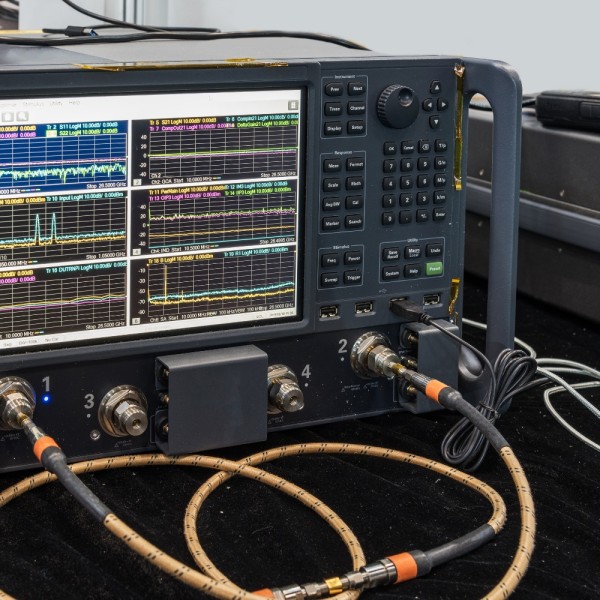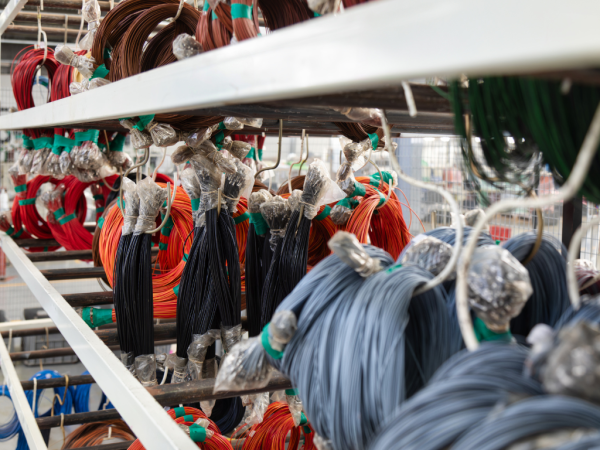United States, 19th Aug 2025, – Cloom Tech, an electrical interconnect manufacturer with in-house design, prototyping, and compliance support serving automotive, robotics, medical device, and aerospace programs, has introduced a dedicated manufacturing capability for marine wire harnesses intended for saltwater-ready vessels. The initiative establishes defined materials selection, sealed termination methods, and verified routing standards suited to corrosion-prone environments across commercial, recreational, and defense fleets.

“This introduction establishes a focused path for harnesses built around marine-grade conductors, seals, and connector systems, with documentation that aligns installation steps to measurable checks,” said Ivy Zhao, spokesperson for Cloom Tech. “The objective is dependable power and signal integrity in saltwater conditions, supported by materials and processes selected for UV exposure, vibration, and intrusion protection.”
The manufacturing scope centers on tinned-copper conductors, abrasion- and UV-resistant jacketing, adhesive-lined heat-shrink, molded boots, and strain-relieved terminations. Connector options include sealed circular, blade, and multi-pin systems with ingress protection ratings specified by application. Overmolding and potting are available for junction points that require additional reinforcement against spray, washdown, and intermittent immersion. Layouts emphasize drip loops, serviceable breakouts, and labeling that supports traceability during commissioning and maintenance.
Design support spans early routing studies through production release. Engineers document bend radii, separation of power and data lines, and provisions for shielding in proximity to motors, radios, sonar, and navigation equipment. Drawings and bills of materials are prepared to mirror procurement and maintenance needs, including spare parts lists and approved alternates where appropriate. For control panels and distributed electrical boxes, harnesses are organized for clear identification and access, reducing time at installation and at subsequent inspection intervals.

Qualification and validation steps are integrated into the build process. Continuity and insulation-resistance checks are performed on 100% of harnesses, with pull-test thresholds applied to critical crimps and terminations. Where required, environmental screening can include salt-fog exposure, temperature cycling, and vibration profiles representative of hull and deck locations. Documentation packages may include certificates of compliance, material declarations, and first-article inspection records to support audits and change control.
Production control focuses on repeatability and service readiness. Cut-length accuracy, conductor alignment, and jacket integrity are monitored through in-process checkpoints and final acceptance. Lot coding and serialized labels tie finished harnesses to material batches and test records, aiding field diagnostics. For operators, routing guides and mounting notes are delivered alongside the assemblies to encourage placement that protects against chafe, heat, and pinch points in tight compartments.
The offering is positioned to support boatbuilders, refit yards, and system integrators seeking structured cabling practices between batteries, engines, helm stations, lighting, bilge systems, sensors, communications, and auxiliary equipment. In complex installations, flat and round profiles are mixed to suit conduits, penetrations, and panel backplanes. Attention is given to minimizing EMI pathways and preserving service loops so that components can be removed and replaced without disturbing adjacent circuits.

“Future development will examine additional insulation chemistries for extended temperature ranges, expanded connector families with higher ingress protection ratings, and digital build records that map each circuit for lifecycle tracking,” Zhao added. “The roadmap emphasizes pragmatic updates that support reliability, maintainability, and documentation consistency over long service intervals.”
The announcement reflects sustained demand for standardized marine wiring approaches as vessels adopt denser electronics, electrified auxiliaries, and networked control. By combining marine-appropriate materials with measured process controls, the capability aims to provide harnesses that integrate cleanly with established boatbuilding practices while remaining serviceable over multiple seasons in salt and sun.
Cloom Tech operates from 9251 NW 112th Ave, Medley, FL 33178, USA, with support that extends from initial design discussion through production transition. Service scope includes drawing reviews, prototype builds for fit and electrical checks, and scaling guided by documented work instructions. Collaboration with customer engineering teams, yards, and equipment suppliers remains central to aligning interconnect details with overall vessel requirements.
For media inquiries regarding Marine Wire Harness Manufacturing, Cloom Tech may be contacted at +1 863 434 8447 or sales@cloomtech.com.
Media Contact
Organization: Cloom Tech
Contact
Person: Ivy Zhao
Website:
https://cloomtech.com/
Email:
sales@cloomtech.com
Contact Number: 18634348447
Address:9251 NW 112th Ave
Address 2: Medley, FL 33178
Country:United States
The post
Cloom Tech Introduces Marine Wire Harness Manufacturing for Saltwater-Ready Vessels appeared first on
Brand News 24.
It is provided by a third-party content
provider. Brand News 24 makes no
warranties or representations in connection with it.

David is an accomplished writer and editor who has now working in Financial Reporting 24. David has more than 2 years experience in digital news publication.
Disclaimer: The views, suggestions, and opinions expressed here are the sole responsibility of the experts. No Financial Reporting 24 journalist was involved in the writing and production of this article.

